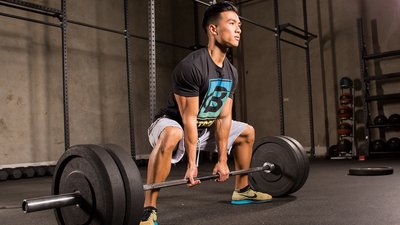- Empty cart.
- Continue Shopping
The Importance of Proper Lifting Techniques

Lifting heavy objects is a common task in various aspects of life, from moving furniture to working in industries that involve manual labor. However, lifting improperly can lead to serious injuries and long-term health issues. To safeguard your well-being and maintain physical health, it’s crucial to understand and practice proper lifting techniques.
1. Preventing Back Injuries
- Avoiding Strain: Proper lifting techniques reduce the risk of straining your back muscles, which can lead to painful conditions like muscle sprains, strains, and even herniated discs.
2. Maintaining Spinal Health
- Spinal Alignment: Correct lifting minimizes stress on your spine and helps maintain its proper alignment, reducing the likelihood of chronic back problems.
3. Preventing Muscle Injuries
- Reducing Muscle Overuse: Proper lifting distributes the load evenly across muscle groups, reducing the risk of overusing specific muscles and causing injuries.
4. Avoiding Falls and Trips
- Balanced Stance: Lifting correctly includes maintaining a stable and balanced stance, which can prevent trips and falls while carrying heavy objects.
5. Reducing Risk of Workplace Injuries
- Workplace Safety: In industrial and manual labor settings, proper lifting techniques are essential for preventing on-the-job injuries, reducing workers’ compensation claims, and improving workplace safety.
6. Enhancing Efficiency
- Efficiency: Proper lifting techniques enable you to lift heavier objects more efficiently, increasing productivity while reducing the physical strain on your body.
7. Minimizing Joint Strain
- Joint Health: Correct lifting involves using your leg muscles to lift, which minimizes strain on your joints, particularly the knees and hips.
8. Long-Term Health Benefits
- Prevent Chronic Pain: Adopting good lifting habits helps prevent chronic pain conditions that can affect your quality of life in the long term.
9. Preventing Accidents at Home
- Household Safety: At home, proper lifting techniques are essential for avoiding accidents and injuries while handling heavy objects like furniture or appliances.
10. Maintaining Independence
- Functional Independence: The ability to lift and move objects safely is crucial for maintaining independence as you age.
Proper Lifting Techniques
To lift objects safely and reduce the risk of injury, follow these proper lifting techniques:
1. Assess the Load
- Determine Weight: Assess the weight of the object and whether you can safely lift it on your own.
2. Use Your Legs
- Bend Knees: Bend your knees and keep your back straight. Your leg muscles are more robust and better equipped to handle lifting tasks.
3. Maintain a Wide Stance
- Stable Base: Stand with your feet shoulder-width apart for stability.
4. Get a Good Grip
- Secure Grip: Ensure you have a secure grip on the object before attempting to lift it.
5. Lift Gradually
- Lift Smoothly: Use your leg muscles to lift gradually, avoiding jerking or sudden movements.
6. Keep the Object Close
- Close to Your Body: Keep the object as close to your body as possible to minimize strain on your back.
7. Avoid Twisting
- No Twisting: When carrying the object, avoid twisting your body. Instead, pivot your feet to change direction.
8. Know Your Limits
- Don’t Overexert: If an object is too heavy or awkward, seek assistance rather than attempting to lift it on your own.
In Conclusion, Proper lifting techniques are not just essential for preventing immediate injuries but also for maintaining long-term physical health and well-being. Whether at home, in the workplace, or during recreational activities, adopting and consistently practicing correct lifting methods is a fundamental step towards protecting your body from harm. By following these guidelines, you can significantly reduce the risk of injuries and enjoy a safer, healthier, and more physically active life.








